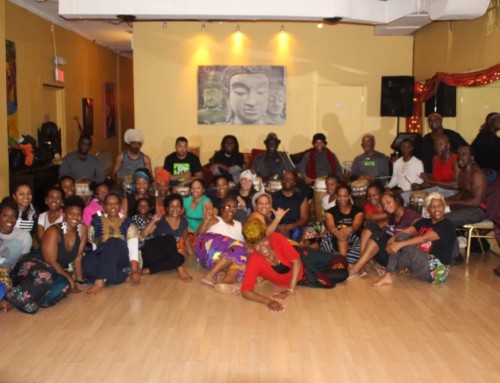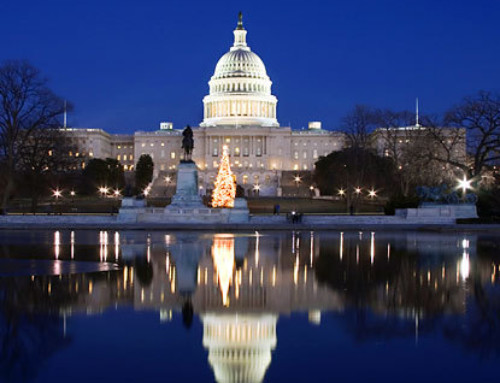Originally posted in the wellpower.com blog
Health disparities are most prevalent among marginalized communities, including communities of color. African-Americans historically have been barred from accessing health care or have been violated instead of receiving care (think Tuskegee Experiment).
African-American men, in particular, have a well-grounded fear or mistrust of modern medicine because of the aforementioned systemic disparities that exists within the African-American community.
However, just because doctors’ offices often will not have many African-American men in the waiting rooms ready to receive preventive care, this does not mean that they are not finding alternative ways to ensure that they remain healthy and receive the healing that their bodies need.
Below Kevin McEwen, a social entrepreneur, educator, artist and founder of Rhythm N’ Dance, an arts education organization for youth and adults, discusses what he describes as the healing aspects of rhythm and dance.
*****
Kevin McEwen – Cultural Anthropologist, Dance Ethnographer, Teacher
Although there are clear disparities with African-American men and the way we approach our personal health and wellness, there is also a move in many different communities to look at African holistic approaches to the aisles of the African- American man.
One of the best ways of introducing people to the topics of holistic health is through the lens of traditional performing arts.
As an educator of cultural anthropology and dance ethnography, I focus on bringing African-American men to a place that allows for open discussion regarding not only holistic approaches to health disparities, but also the healing aspects of the African Diasporic performing arts.
In the traditional African community, there’s a dance for everything from getting married to having a child. For men, there are specific dances dealing with the notions of initiation and rites of passage. We understand that not everyone is an athlete. Not everyone likes going to the gym.
Using these traditional art forms within a contemporary environment can address several of the disparities that affect African-American men and the larger community they are a part of. A steady regiment of dance classes can be a good solution in dealing with obesity, as well as a great way of dealing with stress.
In looking at the healing aspects of rhythm and dance, the dance is nothing without the drum. Drum classes provide an alternate (but no less important) option to those not comfortable with dance. Drumming also helps with rhythm, coordination, and computational efficiency in a way that complements and parallels the dance aesthetic.
 It is also understood that the best drummers are dancers and that the best dancers are drummers, giving the ample opportunity for young men to excel in both art forms with the right guidance.
It is also understood that the best drummers are dancers and that the best dancers are drummers, giving the ample opportunity for young men to excel in both art forms with the right guidance.
Both drumming and dancing within the African Diasporic arts community provides a viable foundation on not just the healing aspects of rhythm and dance, but it can also be the foundation within the discussion on the holistic approaches to a healthier lifestyle for African American men.
If you are interested in African dancing and/or drumming and would like some suggestions of venues in your area, please email me at kevin@rhythmndance.com




Keep In Touch